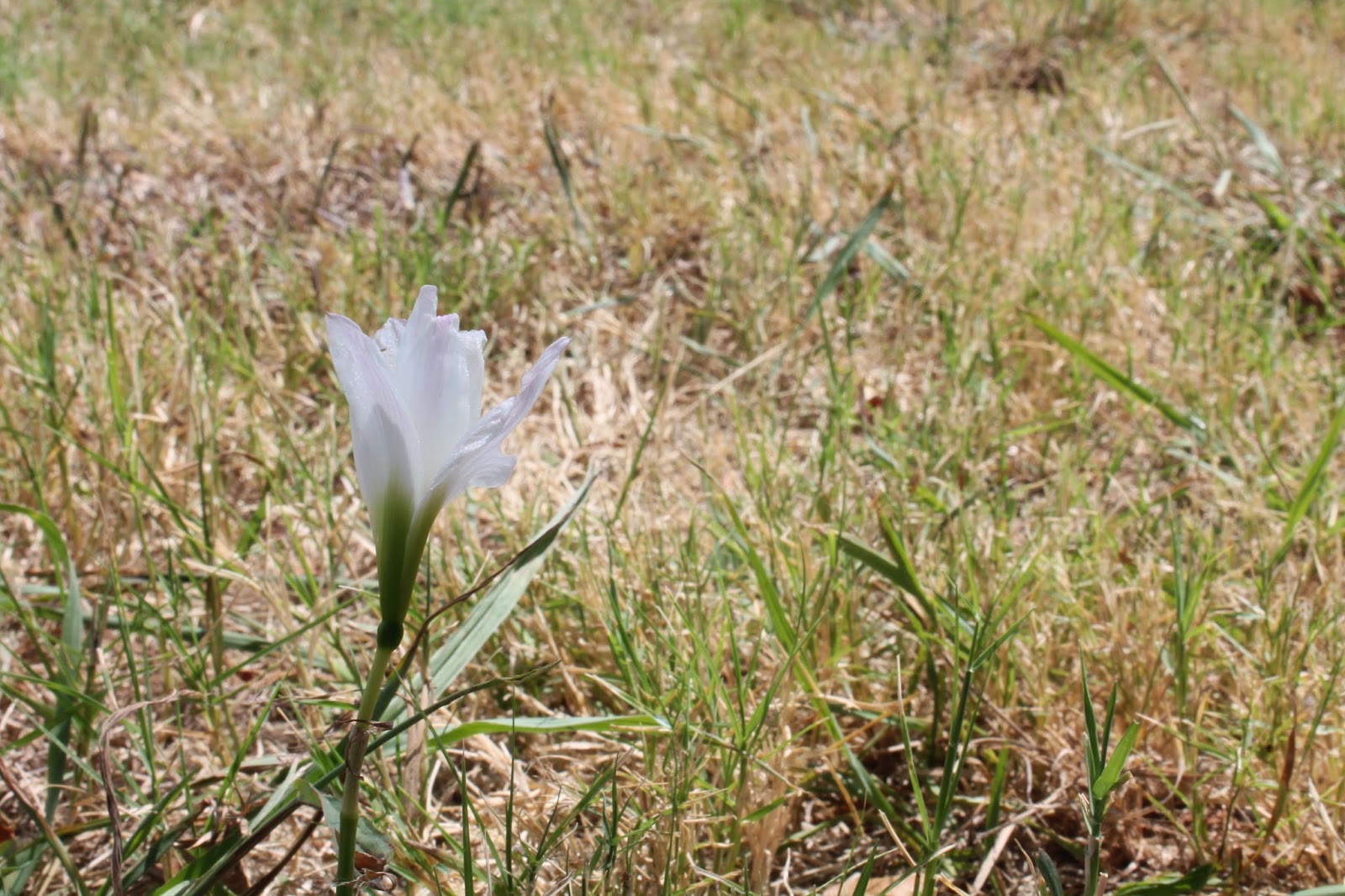Aperture

picture taken at F2.8
picture taken at F16
1. Aperture is compared to the iris of the eye.
2. The smaller the aperture the greater the depth, the higher the aperture the smaller the depth. 3. Aperture impacts depth of field by making the main subject sharp and the background blurry during a large f-stop and the opposite during a small f-stop.
Shutter Speed
picture taken at fast shutter speed
Image taken at slow shutter speed
At the beginning while the sun is still partially up and the courtyard has reasonable light:
a.) the dunking booth- High Shutter Speed
b.) the food eating contest- High Shutter Speed
c.) the rock climbing wall- High Shutter Speed
d.) someone working at a booth- Slow Shutter Speed
e.) the DJ/MC working at the middle of the circle- Slow Shutter Speed
f.) the Diamonds performance- High Shutter Speed
Towards the end when there is no sun and has gotten dark enough that you can't see from one end of the courtyard to the other.
a.) The dunking booth - High Shutter Speed
b.) The food eating contest - Slow Shutter Speed
c.) The rock climbing wall - Slow Shutter Speed
d.) Someone working at a booth - Slow Shutter Speed
e.) The DJ/MC working at the middle of the circle - Slow Shutter Speed
f.) The Diamonds performance - High Shutter Speed
Auto - The camera selects what the shutter speed will be depending on it's surroundings.
Aperture Priority - You can change the aperature manualy but the camera changes the shutter speed Automatic Manual - You can change both aperature and shutter speed by hand
Image taken at ISO 200
Image taken at ISO 3200
1.It will be easier to capture the moving objects of the players in action.
2. If you have your camera mounted on a tripod or sitting on a flat surface. Your camera will most likely need more time to capture the scene and anything that is moving is probably going to look like a ghost.
3. To set my ISO to a higher number to be able to freeze motion
4. the available ISO's on the cameras here are ISO's 100, 200,400,800,1600,2300 and ISO 6400
--------------------------------------------------------------------------------------------------------------------------------------------------
F4 - 1/250: The background is blurry
F5.6 - 1/60: The background is less blurry
F8 - 1/60: The background is less blurry
F11- 1/60: The background is more clear
F16- 1/30: It's the same the background
F22 - 1/8: When the background is more clear and blurry.
At slow shutter speed people are blurry.
A higher shutter speed will solve the problem.
The lowest shutter speed is 1/40.

































